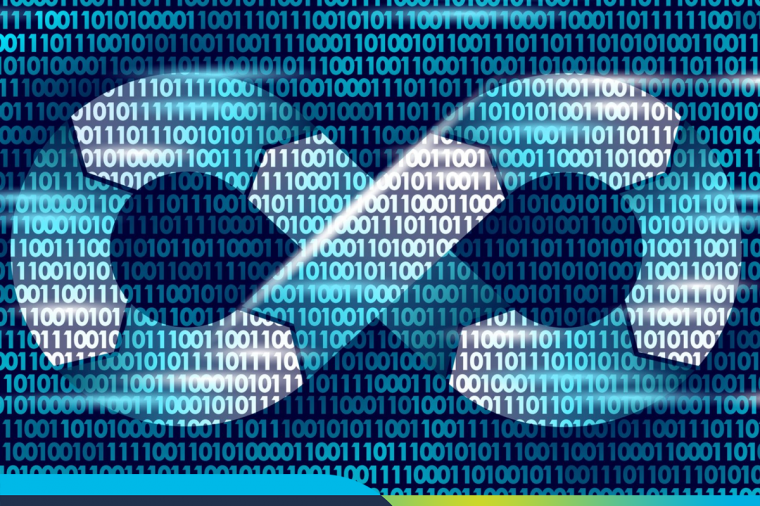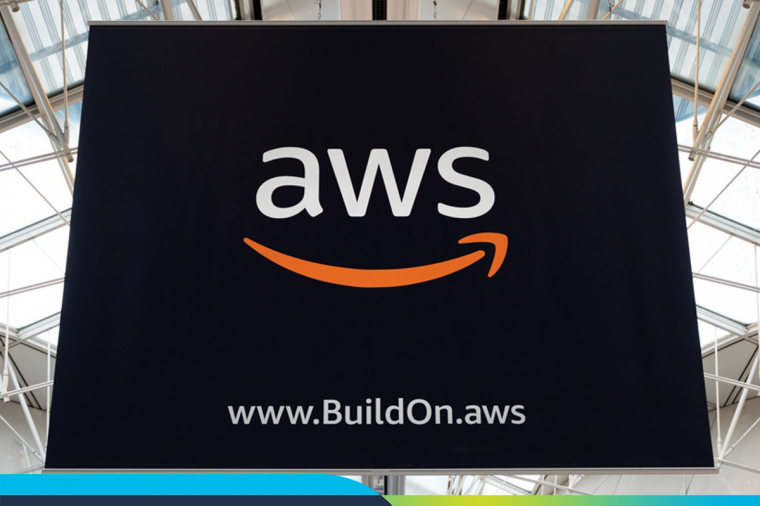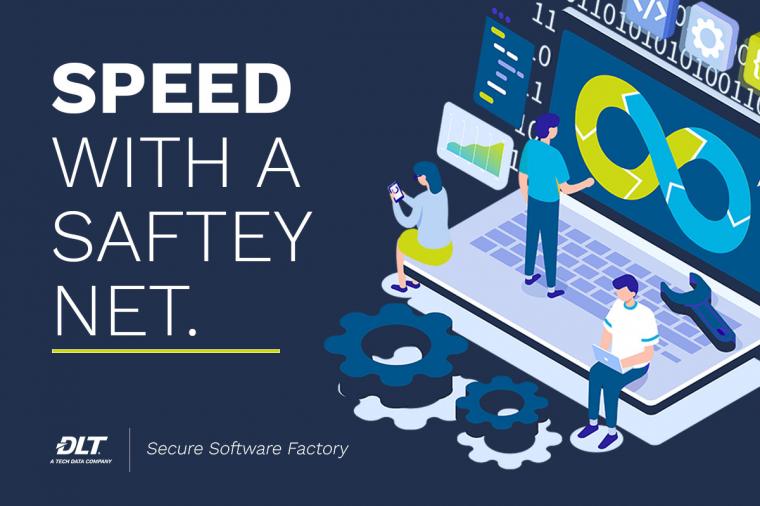
Article originally posted by the GovDevSecOpsHub here.
Today’s Application Security (AppSec) measures focus on protecting web applications. These measures include methods of preventing data or code within the application from being compromised or hijacked. AppSec is an essential part of the Software Development Life Cycle (SDLC) and ensuring that applications are secured must be a top priority in today’s ever-evolving and expanding digital landscape.
For example, out of all the external attack methods, exploiting software vulnerabilities are the most common approach used by intruders, making vulnerabilities a weak link in the cyber security ecosystem. According to Verizon’s 2020 Data Breach Investigations Report, web applications are a top hacking vector in data breaches as shown below.
Organizations today need to ensure their AppSec approach has evolved beyond the antiquated practice of trying to protect vulnerable web applications with hardware and software technologies designed to block malicious traffic from the outside-in.
With the massive rise of cybercrimes and use of sophisticated attack methodologies, the old AppSec approach is collapsing. For decades, the Web Application Firewall (WAF) was considered an effective security control. However, many believe it is depleting in terms of its effectiveness. Most WAF technologies, regardless of how they are deployed, depend on a list of rules, for example, OWASP ModSecurity Core Rule Set, which is simply not enough to fully protect vulnerable applications.
On the flip side, Static Application Security Testing (SAST) solutions are gaining pace. Generally, WAF can monitor all the network traffic from the OSI layer up to the Application layer. Contrastingly, SAST has a more direct approach as it focuses on the substratum of the application – the source code itself! Organizations must focus on the coding errors that lead to vulnerable applications, and this is where SAST comes into the equation.
An enterprise-grade SAST solution, such as Checkmarx SAST (CxSAST), scans at the source code level and is used to identify security vulnerabilities in custom code. The remediation of software vulnerabilities becomes effective and rapid when raw chunks of source code can be scanned. Once scanned, CxSAST returns with remediation guidance in the form of best fix location so developers can quickly fix coding issues.
Here are five reasons why agencies are choosing SAST solutions, such as CxSAST, over traditional WAF:
- Total Cost of Ownership – Compared to the continuous WAF management, rule tuning, and updates, CxSAST requires minimal maintenance, saving your employees precious time.
- Better ROI – Since CxSAST can detect vulnerabilities during the code, check-in, and build stages of the SDLC, it saves organizations time, money, and resources. It also minimizes the need for post-release patches and security updates.
- False Positives do not affect Performance – Unlike WAF, false positives can be addressed with ease in CxSAST using adjustable queries. In WAF, false positives can result in a visitor being blocked, unless the rule is disabled or placed in detect-only mode.
- Educational Advantage and Improvement of Coding Standards – When implementing CxSAST, both the development and the testing teams are a part of the security validation process which promotes AppSec awareness and enhances the developer’s secure coding skills.
- Not limited only to web applications – Unlike WAF, CxSAST can test many different types of code found in mobile applications, software on embedded devices, etc. It also supports a long list of development languages and frameworks.
In conclusion, we can undoubtedly say that WAF is limited in its ability to adequately protect vulnerable web applications on its own. However, WAF can be used as a complementary security control coupled with more sophisticated tools like CxSAST that finds vulnerabilities “before” code is deployed, allowing developers to fix the issues earlier in the SDLC.

















